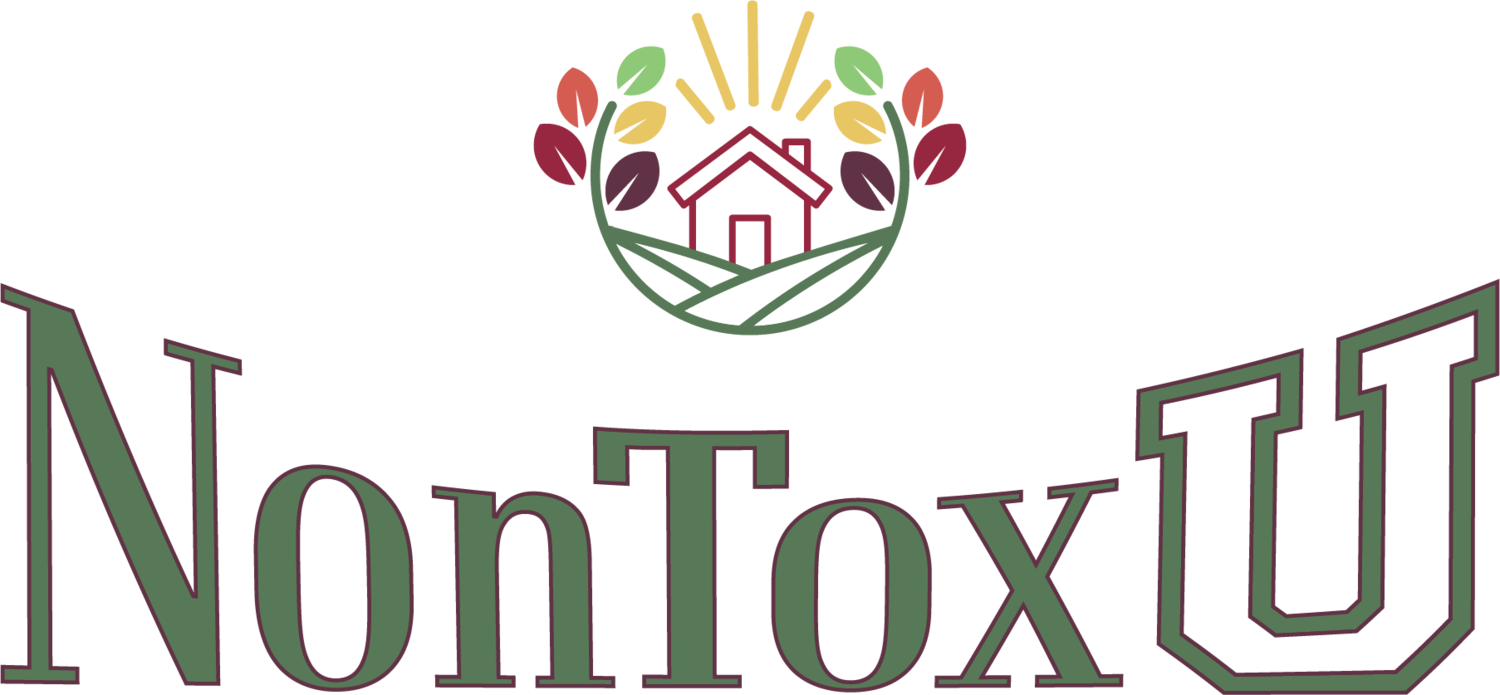Is There Lead in Glassware?
February 11, 2020, by Lisa Powers
Glass has been used for centuries to store food and is generally considered to be the safest material to store things in. Recently, there has been a lot of questions from readers about whether or not certain kitchen glassware contains lead. Lead is not typically added to glass as an ingredient, except for leaded crystal, which is clearly disclosed on the label. However, lead is everywhere in the environment and any raw material is likely to have some degree of lead contamination.
The first question we need to answer is, how much lead is in different types of kitchen glassware? Then, the more important question is, does the lead migrate (leach) out of the glassware and into your food or drink?
Whenever I attempt to answer a question like this I first look to scientific studies from independent laboratories and research organizations. There are many studies on migration from glass that generally show, with the exception of lead crystal, there is very limited migration of lead or other elements of toxic significance. The most recent and comprehensive assessment is a two year study commissioned by the Food Standard Agency, which is an independent UK Government department tasked with protecting public health and consumers’ interests in food*. The study looks at several different types of glass including:
Soda Lime Glass Containers (bottles and jars, including colored glass)
Soda Lime Tableware (drinking glasses and dishes, including colored glass)
Borosilicate Tableware (European Pyrex bakeware is made of this but U.S. Pyrex is tempered soda lime glass)
Glass Ceramics (brands such as Vision cookware and Corelle dishware)
Decorated Glassware
A Note on Recycled Glass
The study speculates that the primary source of lead contamination is from recycled glass. Colored glass, particularly green glass, typically has the highest amount of recycled glass. Glass with a high percentage of recycled glass can have relatively high levels of lead content (some samples had up to 100 parts per million). The study looks specifically at colored glass to see if higher levels of lead content result in higher levels of leaching.
The Results of the Study
Soda Lime Glass
Soda Lime glass is made with three ingredients – sand, lime and soda ash. It’s the most common type of kitchen glassware.
When tested under conditions that replicate normal use, there were no detectable levels of lead migrating from any of the soda lime glass samples. This means that even if the glass contained lead from contamination, it did not leach out into water. This included colored glass and glass with recycled glass content.
When the glass was deeply scratch, to represent extreme use over time, all but one sample had no detectable levels of lead. The one sample that did was made of amber glass which has the second highest level percentage of recycled glass. The lead release from the one sample was still a relatively low level of 0.3 parts per million (ppm). For perspective, the U.S. Office of Health and Hazard Assessment considers lead use in decorations on the lip of glass to be safe below 200 ppm.
When the glass was tested with a highly acidic solution, about one third of the samples had low levels of lead migration that ranged from 0.4 ppm to 1.2 ppm.
Borosilicate Glass
Borosilicate glass’ main components are silica, boron trioxide, soda ash and a small percentage of aluminum oxide. It is more heat resistant than soda lime glass and is thought to be more inert. It does not involve recycled glass which prevents contamination. As expected, the borosilicate glass did not show any migration, even when scratched and when tested with an acidic solution.
Glass Ceramic
Like borosilicate glass, the glass ceramicware did not leach detectable levels of lead under any test conditions.
Decorated Glass
Decorations on glass can have high levels of lead content. When tested under normal conditions, there was no leaching. However, when the decoration came in contact with the acidic solution it showed high levels of leaching, with one sample at 30 ppm lead.
Other Toxic Elements
The study looked at other potentially hazardous elements in addition to lead. Here are some key findings:
Colorants, such as cobalt used in blue glass, did not leach.
There was no detectable migration of aluminum from borosilicate glass even though it is an added ingredient in this type of glass.
Recommendations
Glass is generally a good, safe choice for kitchenware. Here are some specific ways to avoid potential exposures.
Always avoid leaded glassware.
Always avoid using glassware with decorations that come in contact with food or drink.
Always avoid glass not designated food safe.
Avoid, out of an abundance of caution, glass with decorations on the rim or outside.
When possible, avoid glass with a high percentage of recycled content. (Green glass typically has highest percentage).
Look for borosilicate glass cookware and drinking glasses.
Look for glass ceramic cookware (Visions, Corelle) but be aware of the risks of shattering.
When glassware is deeply scratched, throw it out.
*The study was conducted by Glass Technology Services Ltd, which is an independent laboratory that services the glass industry, among other industries. Any concerns about impartiality are offset by the knowledge that the conclusions are consistent with historical research. The study is beneficial because it provides a broader assessment than other published studies.
If you liked this article, please share it!
©NonToxU LLC, 2020. All Rights Reserved.
